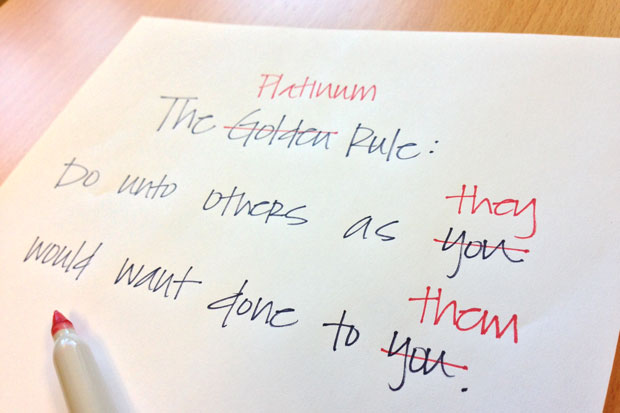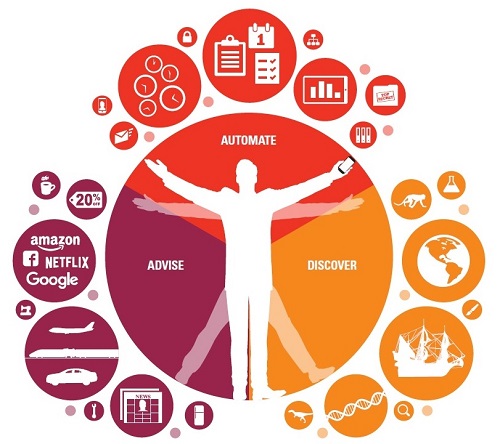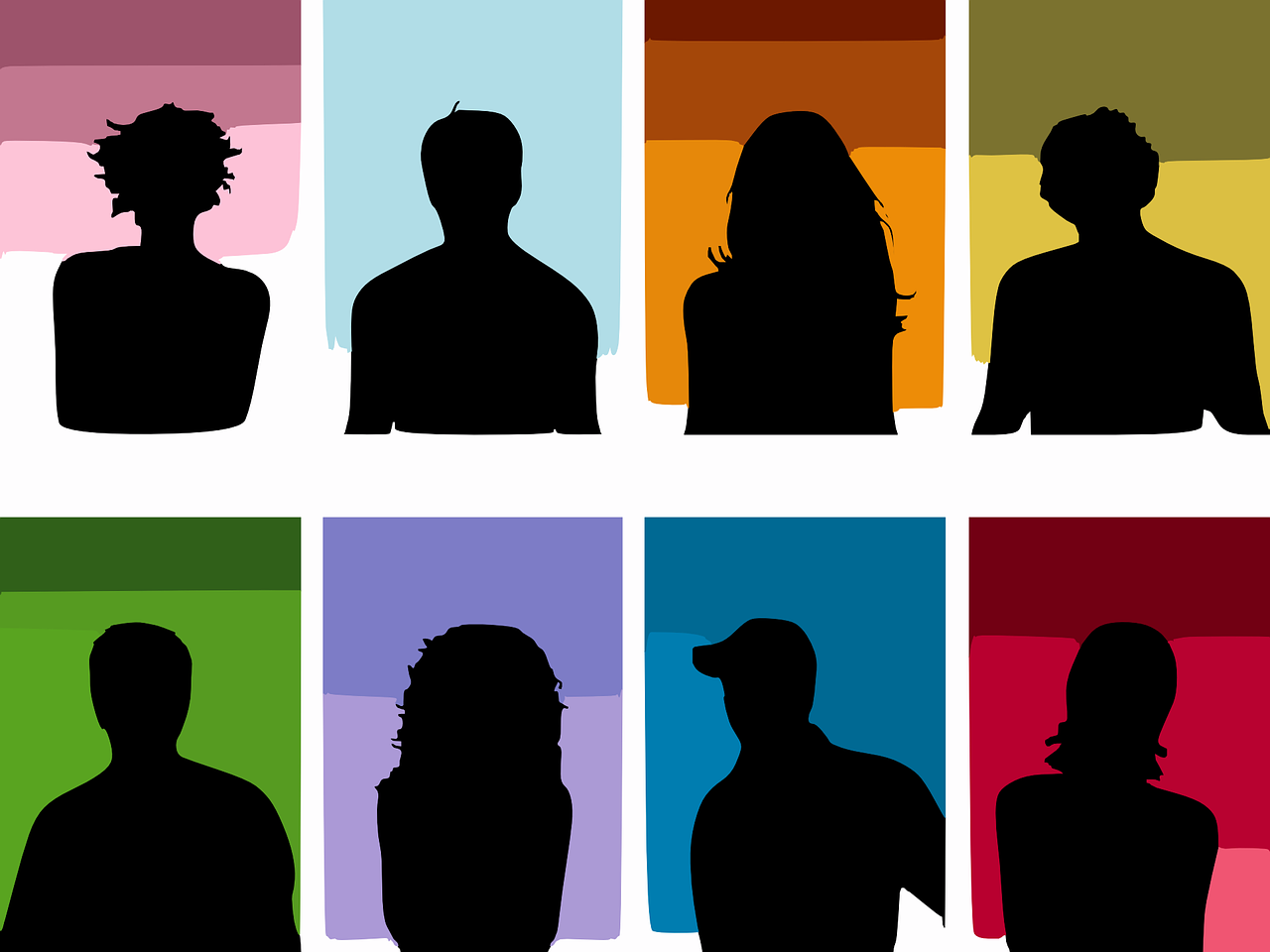Experience Design Principles for Machine Learning
I find myself going back to Fabien Girardin’s excellent article, Experience Design in the Machine Learning Era, and mining it for more gold. Fabien shares: “Nowadays, the design of many digital services does not only rely on data manipulation and information design but also on systems that learn from their users. If you would open the … Read more



